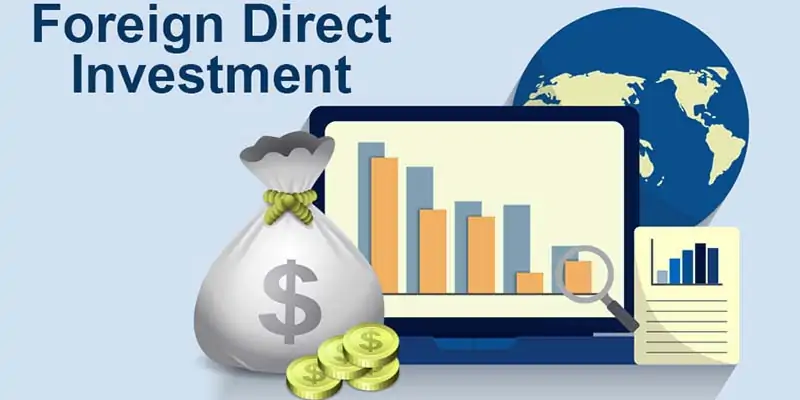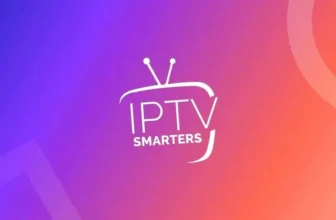India have to look at ESG factors to attract major FDI investment.

India should look at ESG (ecological, social and governmental) factors to attract major investors and get the sustained overseas direct investment of USD 100 billion per annum that the country needs to return to eight to nine percent increase, an influential industry leader has said.
The investment pool around the planet is estimated to be approximately USD 45 billion, of this USD 12 trillion comes beneath ESG, which is the environmental, societal and political factors, based on Mukesh Aghi, president of US India Strategic and Partnership Forum (USISPF), an India-centric American small business advocacy group.
“If India will focus on attracting large scale, long term institutional investors, then it needs to look at the ESG factors. Now India is about 130-133 about the ESG factors. It ought to start coordinating… that it’s no longer World Bank standing (on ease of doing business). Investors are rewarding companies that are looking at ESG factors,” Aghi told PTI on Friday.
“Realtors are looking at ESG variables of nations itself as they increase their share of investment into that environment. It’s necessary, India begins seriously looking at the aspect. And, when you consider, when the Democrats come in (electricity from the US) those variables also will play a stronger role than the current administration,” he said.
India should look at ESG variables to attract major investors and receive the massive and continuing overseas direct investment of USD 100 billion per annum that the nation should get back to eight to eight percent increase, Aghi said.
Later this month, the USISPF hosts its own week-long third direction summit, which among others, would be addressed by Vice President Mike Pence and External Affairs Minister S Jaishankar. Pence would take part in a conversation with USISPF chairman John Chambers.
Also read | Facebook Users Viewed 3.8 million views of health misinformation
“Our questions vary from his view of eyesight of US-India relationship; queries focus on the economic partnership on the trade deal, on H-1B. And then definitely the last question is, when Prime Minister Narendra Modi fulfilled Pence in 2017, he said “India-Ana”. The question is (if) vice president comes to India,” he explained.
“We will reflect on the last three and a half a year, but we have to also examine the next four decades,” he said in response to a query.
Aghi said that using America’s trade relationship getting increasingly stressed out, India can play a beneficial part for the US and its companies especially in the healthcare sector and the attention of their India-US ties must also be on technologies.
Not one of the Quad countries — US, India, Japan, and Australia — want to go to the 5G through the Chinese paths, so there’s a lot of extent of cooperation on that problem too, ” he noted.
“It’s significant for India to come to knowing on the freedom of its own professionals. Therefore it’s vital, whichever the government comes in badly seems at H-1B visa issues because it does affect the US businesses in a positive manner and you wish to have the ability to supply those resources to the US businesses.
Asserting that the collaboration in the defence sector will continue, he explained:”The question is where you would spend your energy where to spend your attention on the relationship.”
Aghi said India needs to open its agricultural economy but at precisely the exact same time should leveraging some of the technology to make its farmers much more efficient and competitive.
Also read | Now Oracle also in the race to buy TikTok
“You cannot continue protecting the business. You’ve got to let it grow and succeed. Otherwise, it gets exactly like you know we’ve Air India that is baggage now. Our recommendation is, pick up particular areas, collaborate, cooperate and find a win-win value proposition,” he said.
Describing H-1B as an election issue, he stated the truth is that there’s a massive lack of software engineers in the nation.
“If US will maintain the technological advantage on a global basis, it needs those engineers. We can’t produce them locally. And so from a geopolitical perspective, if India and USA aligned, then there can be cooperation on H-1B also,” he said.
The H-1B visa is a non-immigrant visa that allows US companies to employ overseas workers in specialty occupations that require theoretical or technical experience. The technology businesses rely on it to hire thousands of workers every year from countries such as India and China.
The recommendation of USISPF is to grow the number of H-1B in order to help US companies become more efficient, Aghi explained.
Post COVID-19 pandemic, as the realignment takes place, it”s an opportunity for the two countries to examine seriously they can collaborate on economic or technological fronts and on agriculture and cultural fronts.
We simply need to pick up some of these topics and keep on making sure at least a fire is burning, as whichever government comes back following the November election,” Aghi explained.





